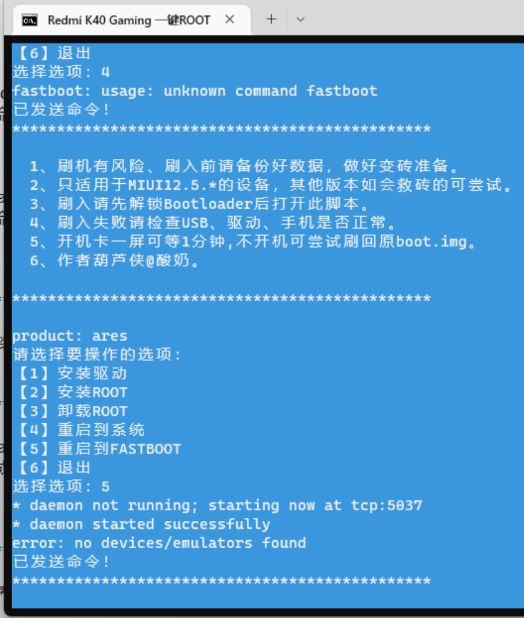
linux是什么文件?
linux是一种自由和开放源码的类unix 操作系统。该操作系统的内核由林纳斯·托瓦兹在1991年10月5日首次发布,在加上用户空间的应用程序之后,成为 Linux 操作系统。
Linux 也是自由软件和开放源代码软件发展中最著名的例子。只要遵循 gnu 通用公共许可证(GPL),任何个人和机构都可以自由地使用 Linux 的所有底层源代码,也可以自由地修改和再发布。大多数 Linux 系统还包括像提供 GUI 的 X Window 之类的程序。除了一部分专家之外,大多数人都是直接使用 Linux 发行版,而不是自己选择每一样组件或自行设置。
推荐:《Linux教程》
Linux文件系统中的文件是数据的集合,文件系统不仅包含着文件中的数据而且还有文件系统的结构,所有Linux 用户和程序看到的文件、目录、软连接及文件保护信息等都存储在其中。
© 版权声明
文章版权归作者所有,未经允许请勿转载。
THE END
喜欢就支持一下吧
相关推荐














